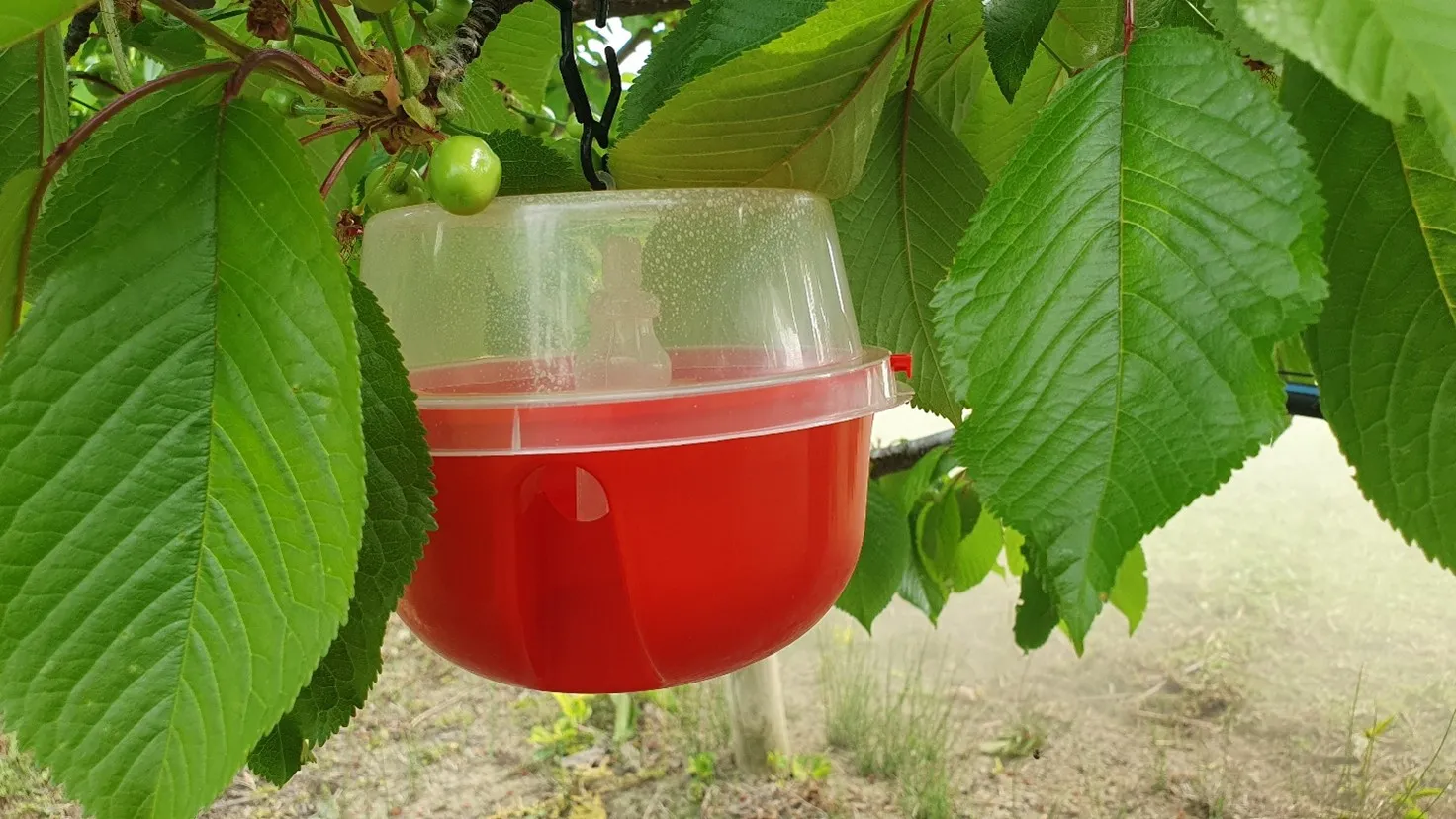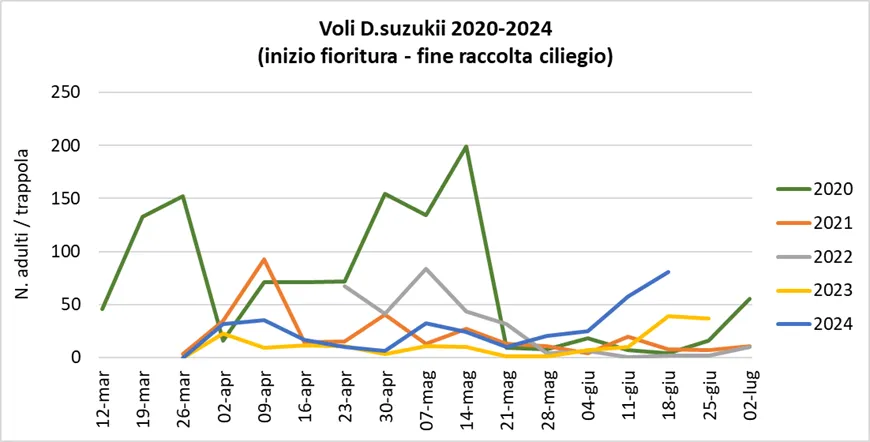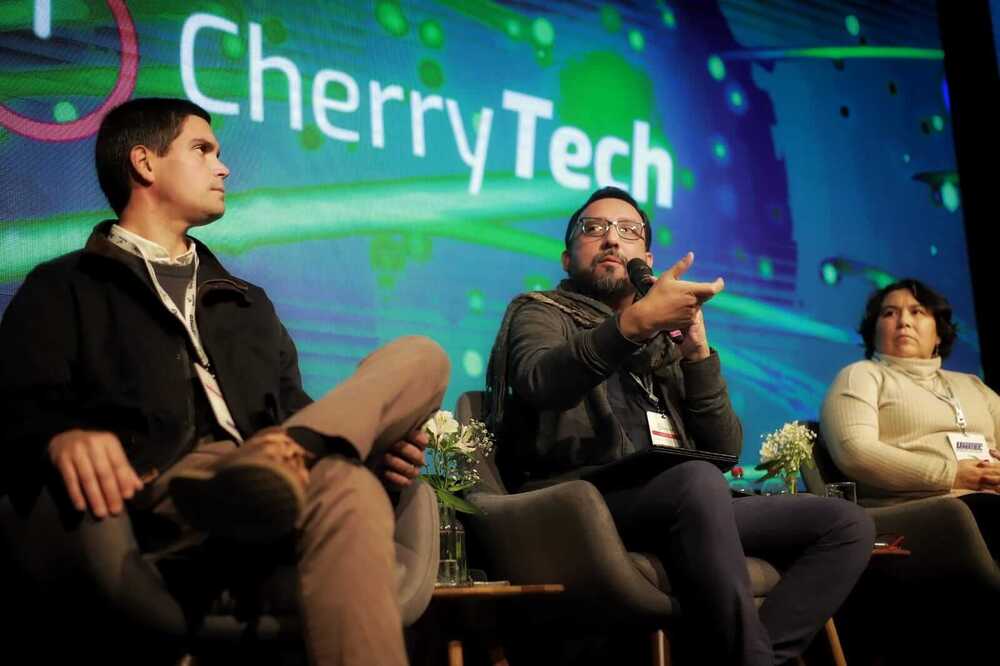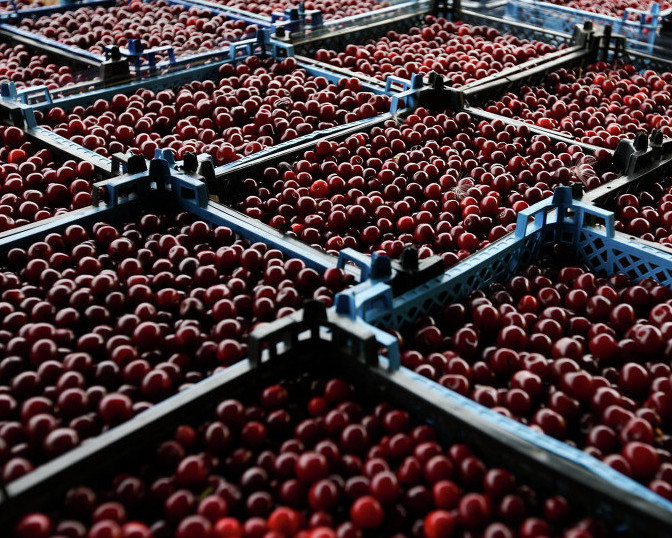
A decade after the first official discovery of the Asian fruit fly Drosophila suzukii in Emilia-Romagna (2013), it is possible to provide a reliable assessment of the management of this formidable pest of cherries, with particular reference to the typical IGP cultivation area of the Vignola cherry in the Province of Modena.
In this area, the Consorzio Fitosanitario di Modena is particularly engaged in various specialized support and research activities in favor of cherry producers. Among the various activities carried out, the one related to the annual monitoring of the pest is considered one of the most important to guide technical consultants and producers in the most appropriate defense strategies.
Monitoring is primarily based on the use of traps activated with food attractants capable of capturing adults. Those currently used are Decis trap® because they are more practical to use (greater selectivity, easier insect collection) compared to others tested in the past.
The monitoring activity is completed by the weekly analysis under a stereomicroscope of samples of ripening fruits to verify the presence of egg-laying, which can be found as early as the beginning of fruit coloring on the earliest cultivars (late April).
Data collected from about 10 monitoring sites, integrated with the forecast data from the phenological model "SUZ-S", are used to create weekly bulletins for defense against D. suzukii, published in the News section of the website www.fitosanitario.mo.it from April to July.
 Image 2: Capture trends in the Vignola area, Province of Modena.
Image 2: Capture trends in the Vignola area, Province of Modena.
Considering that in the Vignola area the cherry-growing season lasts approximately 2 months and that most orchards consist of cultivars with different ripening times, it is advisable to begin interventions promptly at the start of fruit coloring on the earliest varieties and then continue applications, starting from the sensitive phase, for the later-ripening cultivars.
The bulletins are therefore useful for “guiding” interventions based on the data from captures and the presence and intensity of egg-laying.
The Integrated Production Regulations of Emilia-Romagna allow the use of certain insecticides (Spinosyns, Cyazypyr, Acetamiprid, Pyrethroids) which, if used correctly, respecting withholding periods and permissible residues, are effective against the dangerous exotic pest.
In general, in the examined cultivation area, where there are highly specialized farms, control of D. suzukii can be considered acceptable, and partial losses may occur only in the later varieties. The presence of high percentages of cracked fruit left in the field due to heavy rainfall, as well as slowed harvesting due to market issues, are factors that can favor infestations.
For these reasons, orchards with rain shelters generally show lower levels of attack compared to “unsheltered” orchards, also due to greater protection against the washing off of insecticides. The situation may be more problematic in isolated farms, less specialized ones located in hilly areas, or organic farms where technical means available are more limited.
Although the current integrated management of D. suzukii is not a limiting factor for cherry cultivation, it is essential to continue researching more sustainable control methods. The main areas of investigation being conducted by the Plant Protection Consortium of Modena concern mechanical barriers (multi-functional protections), alternative products (systems Attract&Kill), and participation in the national program for biological control through the introduction of the exotic parasitoid Ganaspis brasiliensis, recently renamed G. kimorum.
Stefano Caruso, Giacomo Vaccari
Consorzio Fitosanitario di Modena
Cherry Times - All rights reserved














